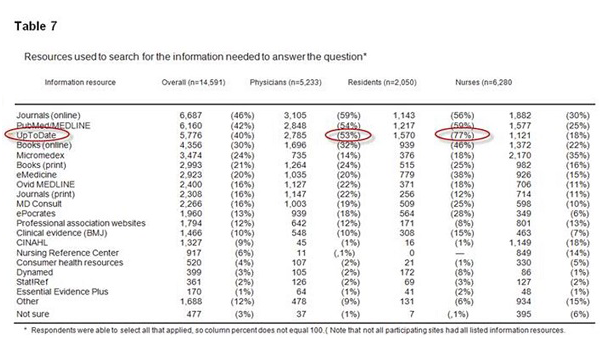Variable quality and readability of patient-oriented websites on colorectal cancer screening
Schreuders EH, Grobbee EJ, Kuipers EJ, Spaander MC, Veldhuyzen van Zanten SJ. Variable Quality and Readability of Patient-Oriented Websites on Colorectal Cancer Screening. Clin Gastroenterol Hepatol. 2016 Jul 9. pii: S1542-3565(16)30376-7. doi: 10.1016/j.cgh.2016.06.029. [Epub ahead of print].
The efficacy of colorectal cancer (CRC) screening is dependent on participation and subsequent adherence to surveillance. The internet is increasingly used for health information and important to support decision-making. We evaluated the accuracy, quality, and readability of online information on CRC screening and surveillance.
Twenty websites were included. The mean Website Accuracy Score was 26 out of 44 (range 9-41). Websites with the highest scores were cancer.org, bowelcanceraustralia.org and uptodate.com.
There is marked variation in quality and readability of websites on CRC screening. Most websites do not address polyp surveillance. The poor correlation between quality and Google ranking suggests that screenees will miss out on high-quality websites using standard search strategies.

